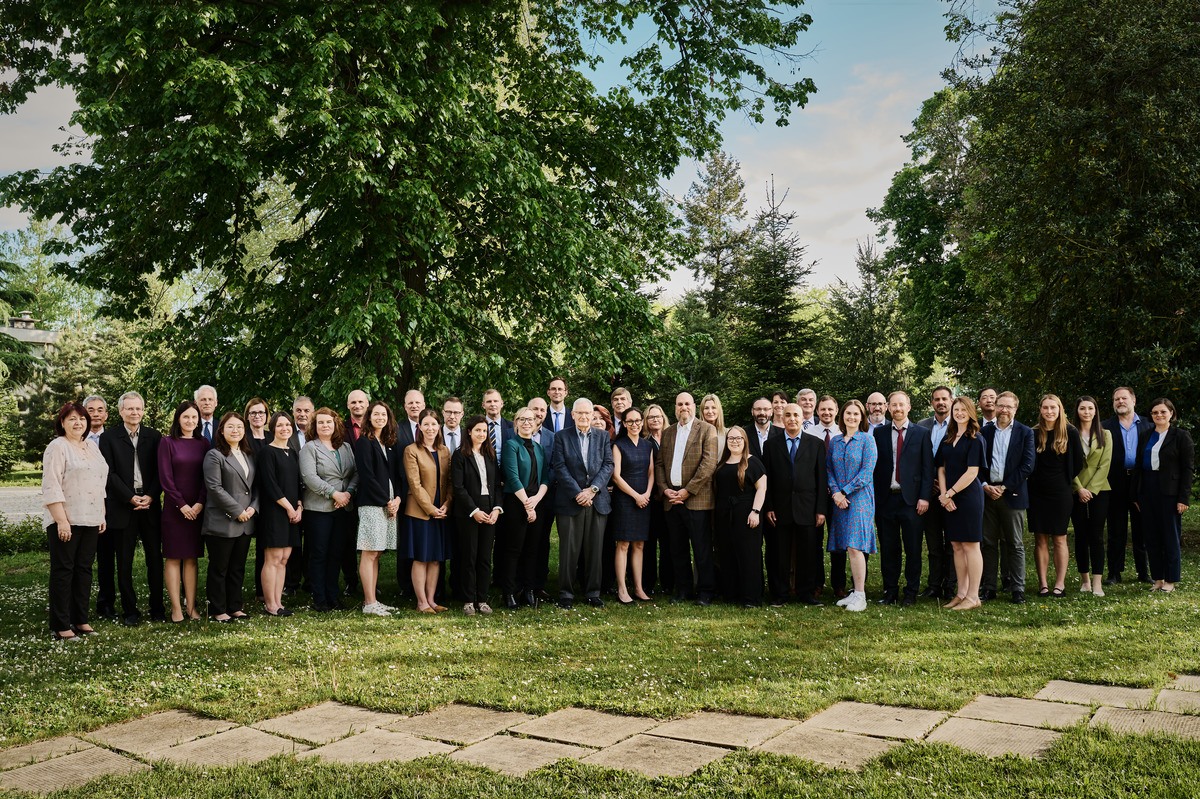Thank you all for joining us today to discuss the International Partnership for Nuclear Disarmament Verification (IPNDV). Thank you also to my Norwegian colleague Ambassador Bente Angell-Hansen for co-hosting this discussion, for Norway’s leadership on disarmament and nonproliferation, and for their hard work in hosting a very successful IPNDV Plenary in Oslo.
I want to start by giving you some brief background on the Partnership, followed by an overview of the November 16-18 meeting in Oslo, and some thoughts on where the Partnership goes from here.
Nearly one year ago, Under Secretary Rose Gottemoeller announced the establishment of the IPNDV, to be implemented in collaboration with the non-governmental organization Nuclear Threat Initiative (NTI). The Partnership’s purpose is to bring together expertise from states that possess nuclear weapons, and states that do not, to work together to better understand and overcome the technical challenges of verifying nuclear disarmament.
The U.S. support for the Partnership is a reflection of our commitment to the goal of a world without nuclear weapons—a goal that President Obama outlined in Prague in 2009. Through a practical, full spectrum approach to nuclear disarmament, we believe we have made real progress toward this objective. Actions always speak louder than words and the U.S. nuclear weapon stockpile has been slashed more than 85% since its Cold War heights. We hold no illusions that our work is done. That is why we are committed to working with all states that share this goal to promote dialogue and tackle the practical challenges that must be overcome.
The Partnership is focused on three broad objectives. First, we want to work together to build capacity among states with nuclear weapons and states without nuclear weapons in the field of nuclear disarmament verification. Second, the Partnership aims to improve and broaden understanding of the challenges inherent in nuclear disarmament verification and monitoring. Under New START, the United States and Russia monitor delivery vehicles. In a future agreement, though, we are likely to be monitoring nuclear warheads, which is a new and difficult challenge. Finally, the Partnership will provide international leadership by facilitating technical progress to address the challenges of nuclear disarmament verification.
In its first year, the Partnership has made significant progress. Twenty-nine countries plus the European Union have participated so far, bringing to bear a wide range of expertise working to create an effective foundation for nuclear disarmament verification. At the first IPNDV plenary in March 2015, Partners agreed to establish three working groups: one on monitoring and verification objectives; one on on-site inspections; and one examining technical challenges and solutions associated with verification.
To build on this work, the Partners met in Oslo from November 16-18 for the Second Plenary. In Oslo, we heard from leading experts from all over the world on different arms control inspection regimes, the latest research on monitoring and verification, and the technical challenges associated with the verification of nuclear disarmament.
Thanks to our Norwegian hosts, the Partners visited Norway’s Institute for Energy Technology, where we received briefings and demonstrations related to the UK-Norway Initiative on Nuclear Warhead Dismantlement Verification. This was an important reminder of the work that has already been done on these critical issues, and, for non-technical experts like myself, it was an education into the types of procedures and practices that we will need to consider to overcome technical challenges. The UK-Norway Initiative also effectively demonstrated that a Nuclear Weapon State and a Non-Nuclear Weapon State can in fact work together on nuclear disarmament verification in a manner fully consistent with both states’ commitments and obligations under the Nuclear Nonproliferation Treaty (NPT).
- First, we agreed on the near-term scope of work for IPNDV. While there was discussion about the entire lifecycle of a nuclear weapons, the Partnership will focus in the near term on monitoring and verification issues associated with warhead dismantlement.
- Second, we reached agreement on the Terms of Reference for the three Working Groups.
- Third, Partners agreed to hold the third IPNDV Plenary in Japan in the summer of 2016.
I want to say a little more about the Working Groups, since the success of IPNDV will be determined by the technical work of these groups. The Partnership is not fundamentally about policy; it is about finding technical solutions to the practical challenges associated with monitoring and verifying nuclear disarmament. The agreed Terms of Reference, which will be posted in their entirety on NTI’s website, provide the framework for these groups to begin their technical discussions and work:
- Working Group 1 will consider objectives for different phases of weapons elimination, the types of information and criteria needed to determine whether those objectives are being met, and the specific areas of expertise and resources required to support future work.
- Working Group 2 will draw lessons from existing on-site inspection regimes and assess the applicability of fundamental on-site inspection principles to possible future verification efforts. The group will explore the knowledge and training inspectors and staff might require to do their jobs effectively and to manage on-site inspections to ensure they provide effective verification and monitoring while meeting national security and non-proliferation requirements.
- Working Group 3 will work to identify practical solutions to technical challenges related to nuclear warhead verification, including methods for nuclear warhead authentication, establishing and maintaining chain of custody, and authenticating necessary data and equipment. The group will survey existing efforts and technology and consider how parties can approach and overcome these challenges without revealing proliferation-sensitive information.
The three working groups will each meet in person at least once between now and the third IPNDV plenary in Tokyo, and will provide Partners with an update on their work in Tokyo. I am very pleased that Japan has graciously volunteered to host this event.
Now let me say a word about the next steps. First and foremost, Partners are committed to getting the Working Groups going on their important work. All three Working Groups will be meeting in Geneva in late February or early March, and we hope to do as much of this work as possible in either Geneva or Vienna to take advantage of the resident expertise in both cities. I am confident these groups will make good progress due in part to the excellent team of individuals from a variety of Partner states who have agreed to co-chair these groups.
Despite today’s difficult security environment, there is still important, practical work to be done to lay the foundation and create the conditions for further progress. By focusing on the technical challenges, we can make real and important progress toward our shared disarmament goals, independent of the ebbs and flows of the political environment, and open new lanes of multilateral cooperation to achieve those goals. This is why the work of the Partnership is so important. The IPNDV provides a forum for countries that are serious about making tangible progress on disarmament to work together toward that common goal. The United States looks forward to continuing this dialogue and practical cooperation.
Thank you again for coming today, and I look forward to your questions and thoughts.





